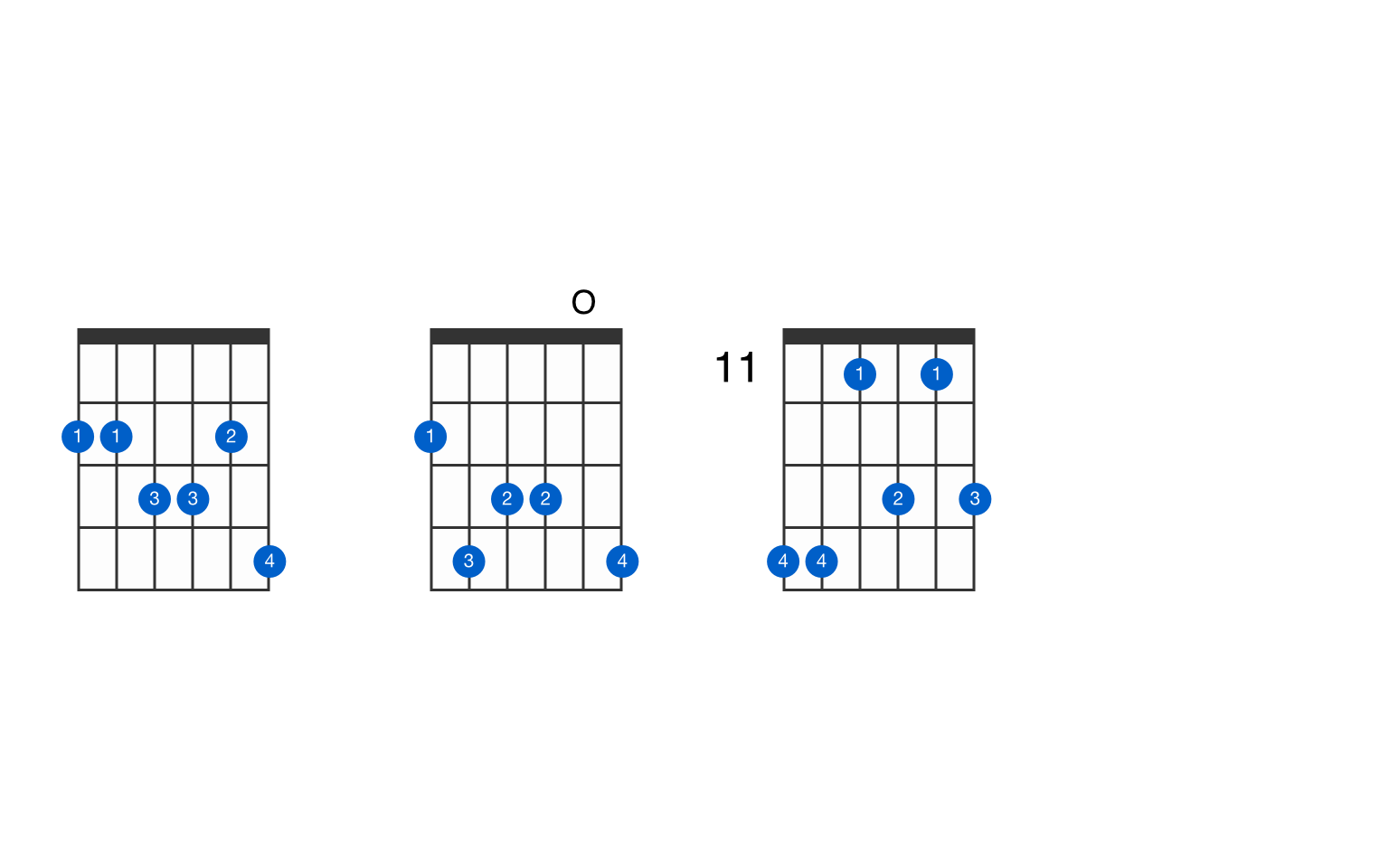

These are the harmonic chords that are diatonic to the D flat major scale.

The seven diatonic chords in the D flat major key are: Seventh chord in major scale will always be diminished. Second, third and sixth chords in major will always be minor.

We use uppercase roman numeral numbers to represent major chords, lowercase to represent minor chords, uppercase with a small plus sign to represent augmented chords, and lowercase with a small circle to represent diminished chords.įirst, fourth and fifth chords in major will always be major. These are the seven major scale diatonic chords that come from the D flat major scale.Įach major scale diatonic chord is labelled with a roman numeral number:Īll major scales follow the same pattern: I, ii, iii, IV, V, vi, viiº D-flat major (0' 30') Souvenir de Paganini, KK IVa/10 (3' 30') Three Fugues, KK VIIa/2 (Luigi Cherubini) 3. How to form diatonic chords of D flat major scale? D Flat Major Scaleĭ♭ – E♭ – F – G♭ – A♭ – B♭ – C – D♭ are the notes of the D flat major scale.ĭiatonic chords are formed by stacking two generic third notes above each scale note. D-flat major (2' 30') Valse in E-flat major, KK IVa/14 (2' 30') Valse in E minor, KK IVa/15 (3') Other works Three cossaises, op.


 0 kommentar(er)
0 kommentar(er)
